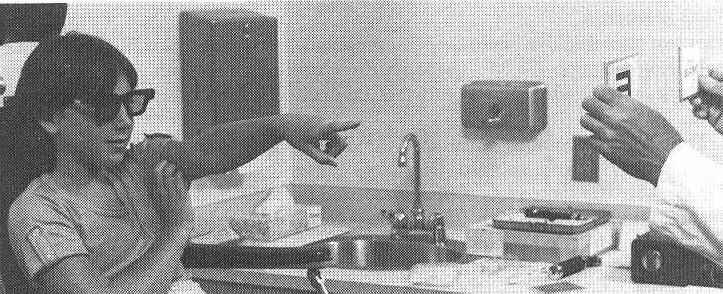Strabismus
Amblyopia
Blur (unilateral and bilateral)
Refractive error
Accommodative dysfunction
Fixation disparity
Vergence dysfunctions
Aniseikonia
Suppression
Luminance
Exposure duration
Retinal eccentricity
Practice (learning)
B. Characteristics of Stereopsis
40 seconds expected with local stereopsis
Try 20 sec for definitive statement
Booklet calibrated for 40 cms
Qualitative responses are important
Time of response
Movement of head or booklet
Crossed vs. uncrossed disparity
Esophoria
Stereopsis affected significantly
Exophoria
Stereopsis threshold can be better than predicted
C. Random dot (global) stereopsis
Very sensitive to binocular dysfunction
Better predictor of binocular dysfunction than local stereopsis
